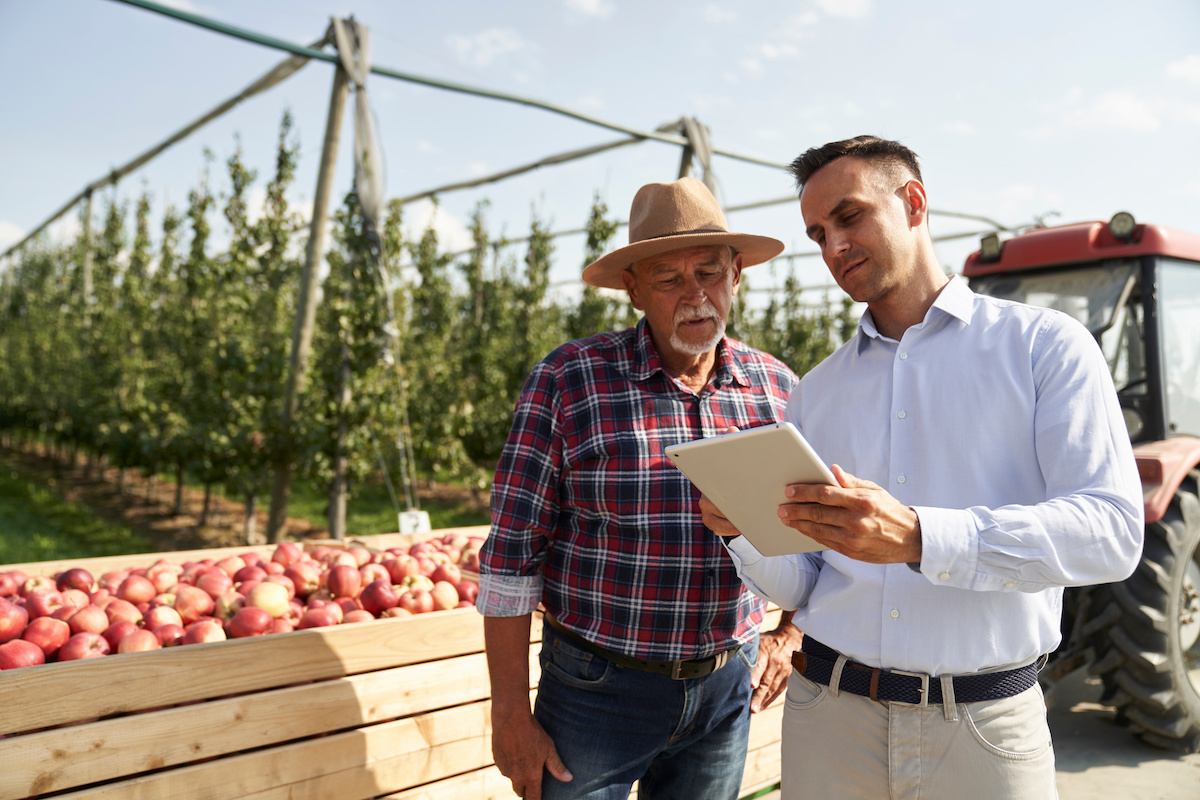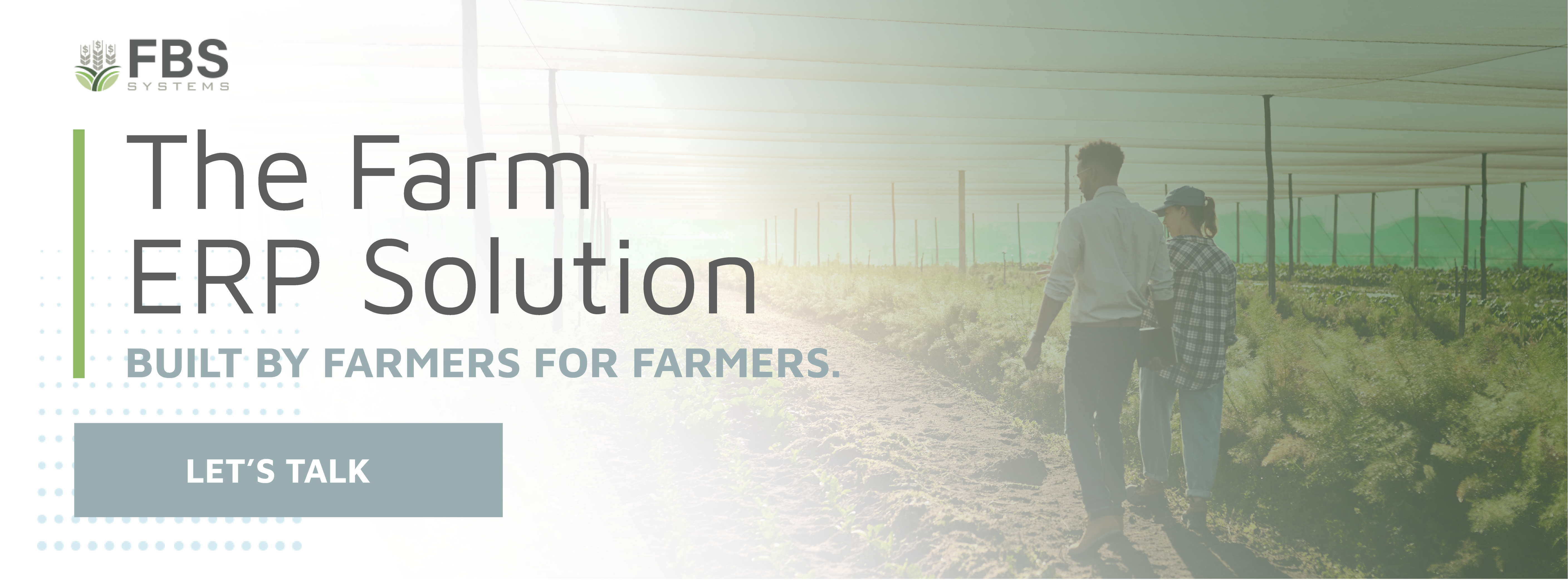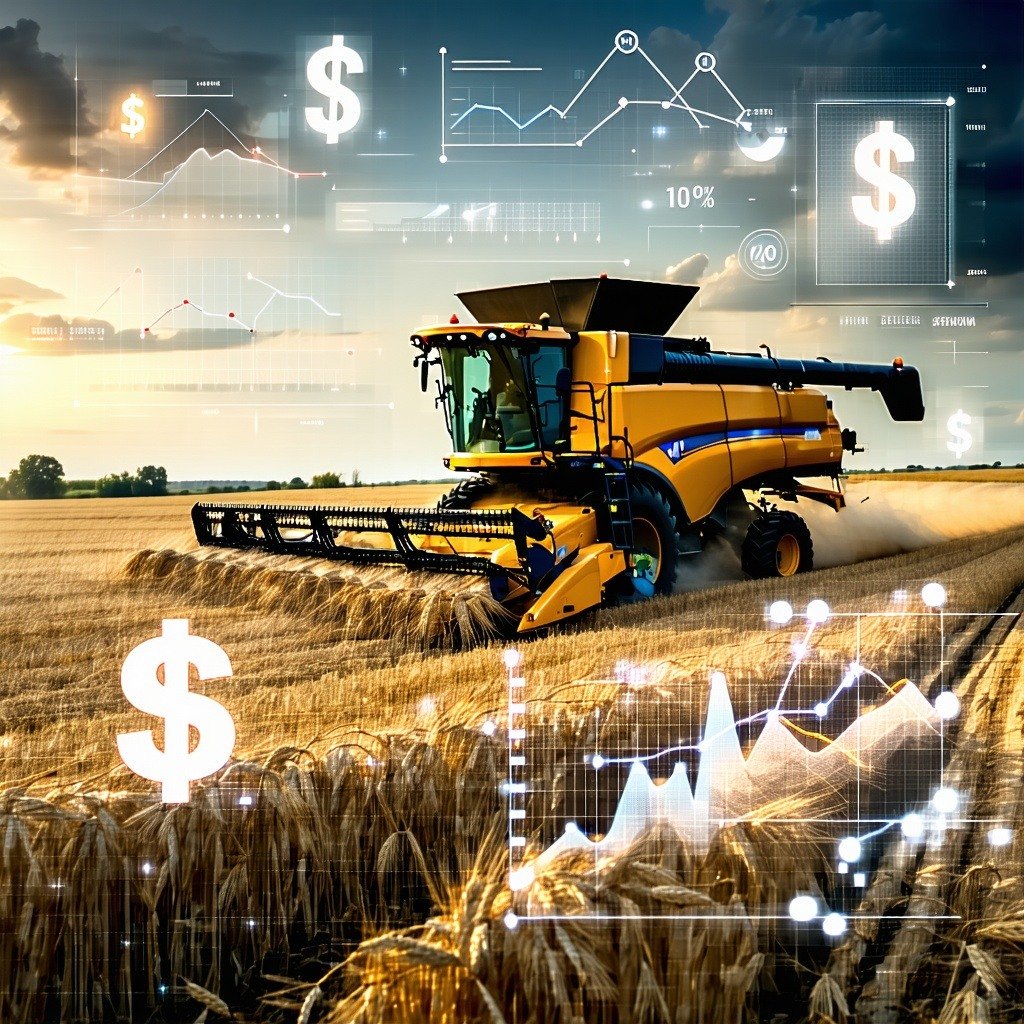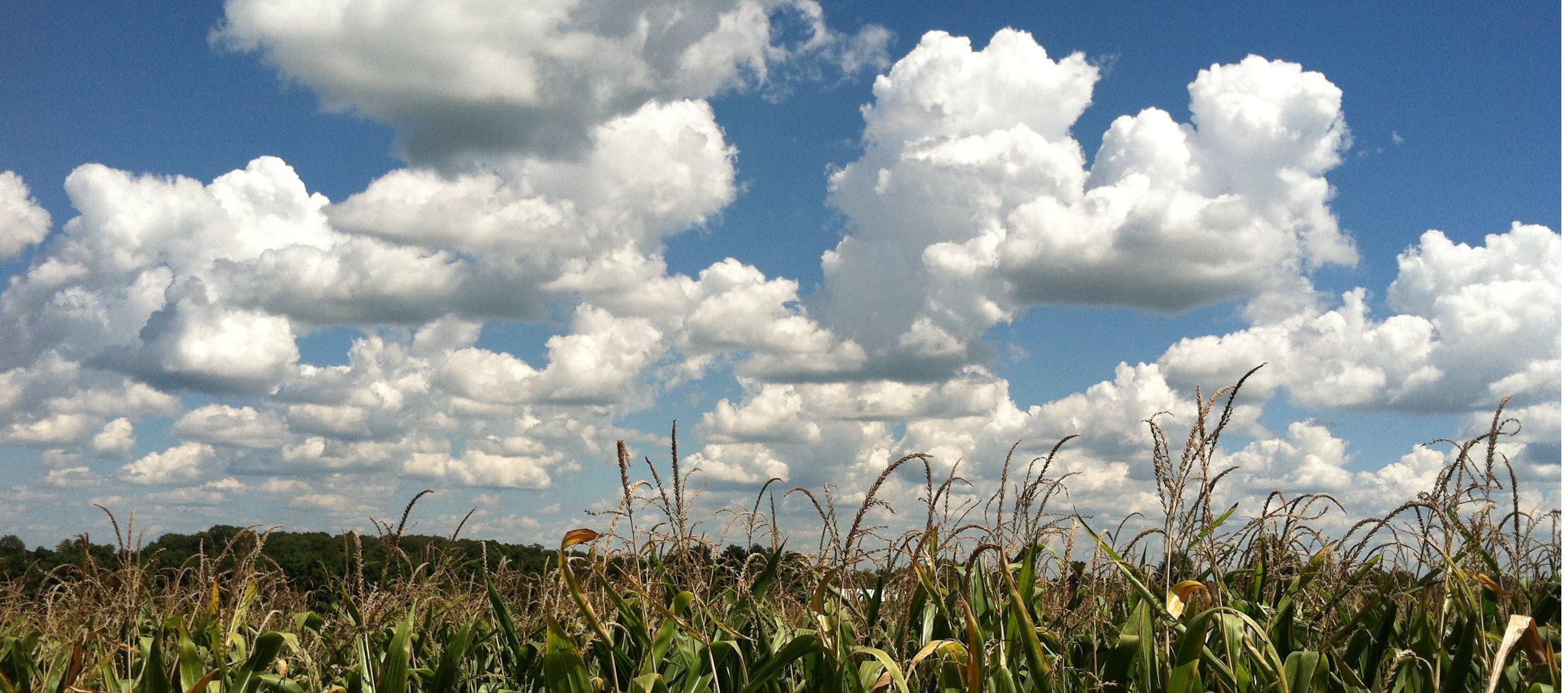Farm accounting got you stumped? In the ag industry, many farmers rely on preparers for their farm accounting needs, but those services aren’t always an option. So, it’s important to understand the basics of farm accounting and the challenges that they introduce.
Anticipating challenges can also ease some of the obstacles created by agricultural differences. The use of innovative ag tech, specifically those designed for standardized financial reporting, can help promote a well-structured software ecosystem. In turn, you get a combination of real-time data translated into financial statements and reports that allow you to make the right decisions.
Quick Links
- Farm Accounting Basics
- 5 Limitations of Farm Accounting and Business Intelligence Practices
- Farm Management Tools for Financial Reporting
Farm Accounting Basics
A key component of farm management is organized farm accounting practices. However, oftentimes farmers are not well versed in accounting practices, especially since farm operations are reliant on long-term production cycles that, in many cases, span more than a calendar year. Before we can dive into farm accounting and business intelligence challenges, we need to establish the farm accounting basics that contribute to those challenges.
Cash and Accrual Accounting
Two of the main methods that farmers use to complete their financial statements is through cash or accrual accounting. In the ag industry, many farmers rely on cash-basis accounting, which reports revenue on an income statement when cash is received. Similarly, expenses are recorded when cash is paid out. This is quite simple but may pose challenges for long-term reporting cycles.
Instead of cash-basis accounting, farmers may use accrual accounting. This method records any income and expenses when they occur, rather than when the cash is paid. So, for example, seed and other inputs are not expensed until the crop they are used for is sold, often in a different year than when the cash-basis transaction is recorded. Income and expenses reported through accrual accounting methods may provide a more accurate assessment of profits for farming businesses.
Farm Income
For record keeping, it’s important to understand what is considered farm income. This may include:
- Farm or ranch operations
- Government payments
- Crop insurance payouts
- Sale of crops and livestock
- Assistance and benefits from the Department of Agriculture

Farm Business Expenses
Farmers need to be aware of deductible and nondeductible expenses for their records. Nondeductible expenses include spending for personal and living expenses, which can include maintenance costs of vehicles. Deductible expenses are purchases that are necessary to maintain farm operations, such as:
- Accounting fees
- Farm supplies, like feed and fertilizer
- Wages for employees
- Property maintenance
- Property taxes
- Farming tools and equipment
- Livestock costs
- Insurance
- Rental fees, if applicable
- General utilities
GAAP
The generally accepted accounting principles (GAAP) are a standard set of rules that allow financial documents to be generated in a way that is consistent across industries. This foundation of methods means that all sorts of businesses are following the same general guidelines for reporting. This way, when these methods are repeated each reporting period, the results will show an accurate representation of the financial status of a business.
Now, what does this have to do with farming? In agricultural accounting, there are several ways that farms may stray from the standards that have been established by GAAP. However, the Farm Financial Standards Council notes that “GAAP may be the ultimate goal for agricultural producers,” although producers are often unable to produce records in accordance with GAAP (source: FFSC). So, farmers with little accounting knowledge or experience will need to begin with the FFSC guidelines for their financial reporting and accurate record keeping.
Farm Financial Standards Council
Due to the nature of farm accounting, the Farm Financial Standards Council (FFSC) has created their own set of guidelines to address the GAAP divergences that farmers and ranchers face. These guidelines include content formats for financial statements, ratios to be used, standardized definitions, calculation methods, and additional suggestions for data usage.
With these established financial guidelines, farmers can replicate processes to promote consistent and accurate reporting. That way, the ag industry can gain an accurate picture of their farm finances for improved operations and decision making.
5 Limitations of Farm Accounting and Business Intelligence Practices
To ease some of the challenges that come with farm accounting, farmers and ranchers are beginning to turn to business intelligence tools. Business intelligence is the software ecosystem that allows different technologies to work together to complete operations.
Even with business intelligence and reporting technologies, farmers can still face accounting challenges. Here are a few limitations that farmers need to be aware of as they compile information and use ERP tools to help them with farm accounting practices.
-
1. Balance Sheets
Balance sheets are the financial statements used to report assets and liabilities for a given point in time. For the ag industry, there is no standard balance sheet format that is recommended by the FFSC. Determining a balance sheet format will depend on its specific use, such as materiality, valuation, and outlining assets.
Crop and livestock cycles rarely coincide with calendar or even fiscal years so there will usually be a mix of raw materials, work in process (growing crops and livestock), and finished goods (completed products ready for market) to be included on balance sheets. If only one annual balance sheet is prepared it should be dated on the last day of the fiscal year.

-
2. Market or Cost Value
Unlike other industries, production agriculture most commonly utilizes market values for reporting. However, there are some instances where cost value may be more appropriate. In their 2023 implementation guide, the FFSC notes that preparers will need to determine when net book values are appropriate for reporting, in comparison to market values. For the average farmer without farm-specific accounting knowledge, additional information may be needed when valuing assets. So, understanding when to use these values can pose a limitation on farm accounting processes.
-
3. Information for Reconciliation
For information reconciliation, assets that were reported on a cash-basis may need to be adjusted to account for an accrual basis. To complete these calculations, farmers may find that not all of the information is available, such as gains and losses on the sale of capital assets (source: FFSC). When reconciling this information, agricultural preparers will need to follow the steps outlined by the FFSC in their guidelines.
-
4. IoT Devices
Challenges caused by the nuances of farm accounting practices can be eased with Internet of Things (IoT) devices. These tools can help gather data to provide accurate snapshots of operations and inventories. And, with the help of automation and artificial intelligence (AI) in farming practices, this information can be gathered more efficiently than with manual processes. With up-to-date data, financial reporting can be completed more effectively, saving time and resources in the process. However, the cost of obtaining and implementing these technologies can be an additional setback.
-
5. Integration Management
Software programs often make reporting easier, especially when there are specialized tools available to help. However, multiple programs doesn’t necessarily mean increased efficiency. For a well-executed business intelligence ecosystem, farmers need to be selective with the items that they wish to integrate. A well-organized and implemented farm ERP solution will effectively communicate with various programs to gather and analyze data, rather than causing additional bottlenecks in the reporting process.
Farm Management Tools for Financial Reporting
Farms looking for a well-rounded software ecosystem to address agricultural accounting challenges might turn to advanced technologies as the solution. These tools can greatly reduce some of the headaches associated with farm accounting, particularly those that are especially difficult for the average farmer and not a tax preparer.
However, implementing a business intelligence program, particularly tools that are not specifically designed for the ag industry, may create room for additional challenges. Before diving into business intelligence and farm ERP tools, farmers need to consider maintenance as well as up-front costs of synchronizing each tool.
The farm ERP technology from FBS Systems and the Mutual Agricultural Software Alliance (MASA) was developed to address these concerns. This ag-specific technology allows for accurate and detailed farm accounting reports across production centers and synchronized with production timelines. By integrating with other software programs, farmers can gain access to detailed reports that are generated using real-time data. For more information on the FBS farm ERP solution, reach out to our team today!















